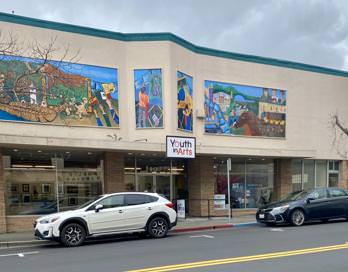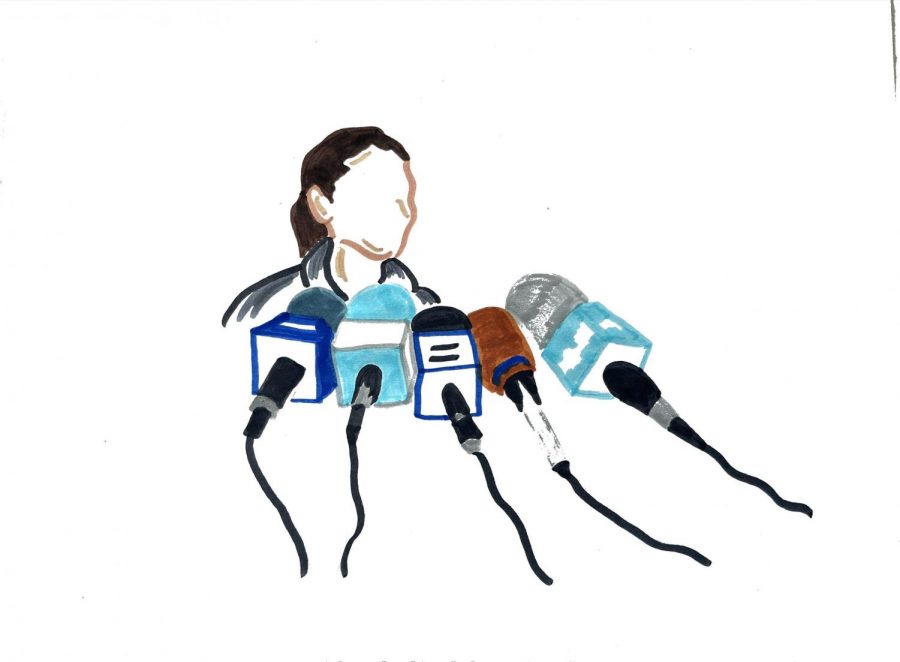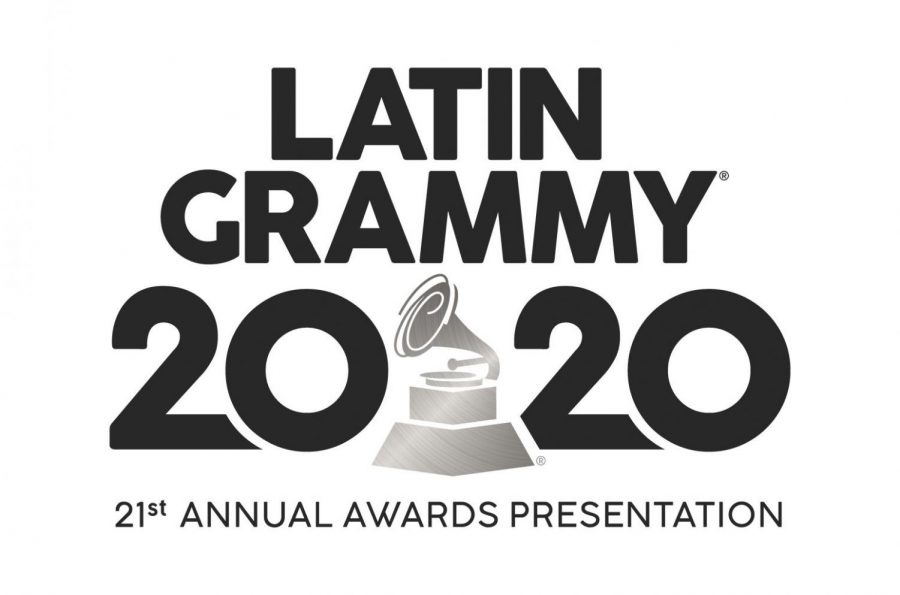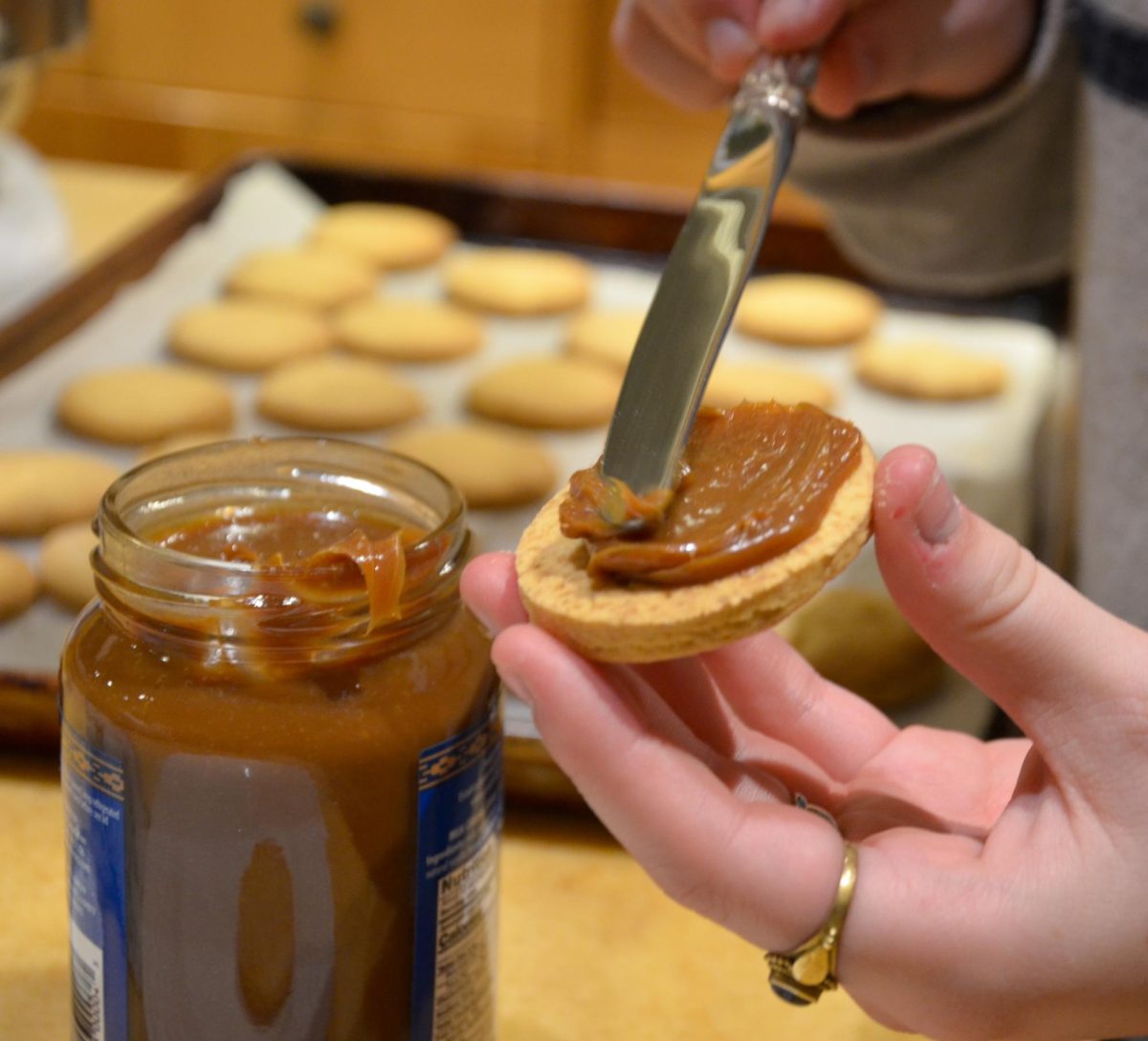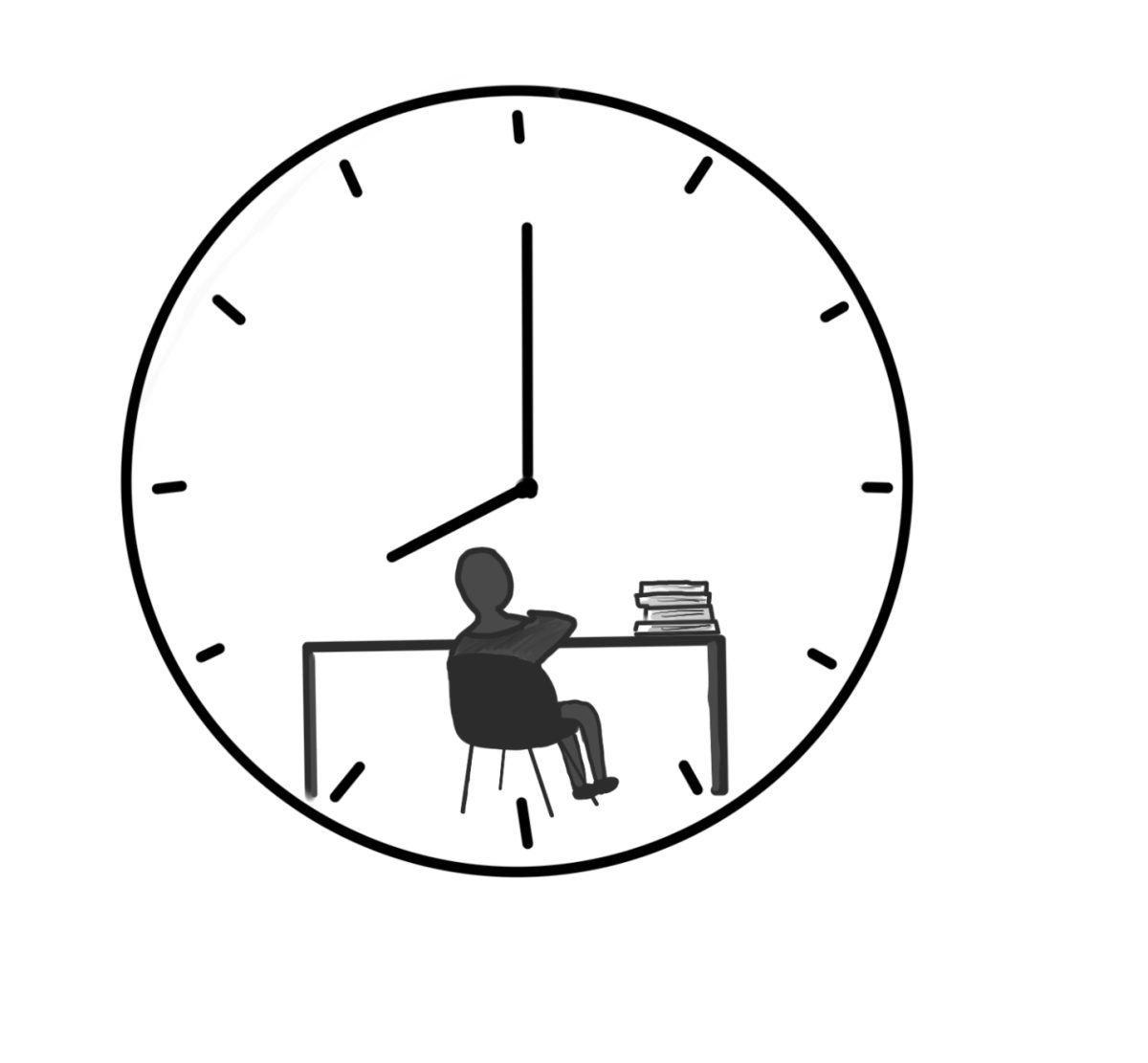What is now known as the “Spanish hall” to nearly every Redwood student wasn’t always so. In fact, according to retired staff member Sue Chelini, Redwood used to offer classes in Latin, German and Russian.
“The German and Russian teacher disappeared when the teacher got sick and had to take a medical retirement. They didn’t have another teacher who could teach [those subjects]. The Latin teacher actually died while he was teaching. It’s been about 10 years since [Redwood has] had Latin,” said Chelini, who began teaching at Redwood in 1964, five years after the school had opened.
In recent years, the vast majority of Redwood students enroll in Spanish over any other language. According to data from Redwood’s data analyst Patty Segovia, 65 percent of Redwood students are currently enrolled in either Spanish or French.
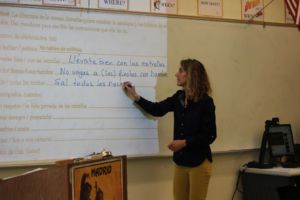
There was only one Advanced Placement (AP) Spanish Language and Culture class when he started teaching at Redwood in 1999, compared to today’s five sections of AP, according to Spanish teacher Greg Stevens.
When Stevens first began teaching at Redwood, many students were not taking the required years of language class in order to receive University of California (UC) credit.
“We were losing almost 25 percent of the students who did not finish with the three years required by the UC system,” Stevens said.
Steven explains that a colleague named Jennifer Laboylitch went to a conference where she learned about a technique called Teaching Proficiency through Reading and Storytelling (TPRS). The Redwood Spanish teachers then integrated TPRS into their curriculum.
“We are now focused not only on TPRS, but on comprehensible input. It is based more on understanding, reading and making esthetics,” Stevens said.
Stevens thinks that there has been more success in Redwood’s language department since the department adopted TPRS.
“I believe that less than 5 percent of students do not pass the sixth semester now. We’ve doubled the registration in the fourth year. We have about four times more students in the AP class now and most are passing the AP exam,” Stevens said.
According to former Redwood Spanish teacher and then assistant principal Bill Purcell, there was only one fluent Spanish teacher at Redwood during the 1960s.
“In those early days of the ‘60s, it wasn’t necessary for a language teacher to be fluent because the emphasis was on grammar, sentence structure and literature. So, we essentially taught French grammar and Spanish grammar,” Purcell said. “Then, in the mid ‘60s, there was a big push to go audio lingual, which means that you should put the emphasis on listening and speaking as opposed to grammatical structure.”
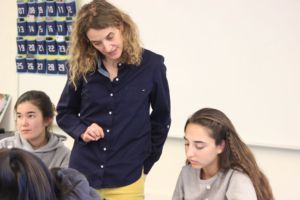
Unlike the rest of the Spanish department’s faculty in the 1960’s, Purcell insisted on becoming fluent shortly after he graduated from UC Berkeley in 1961.
“I bought a one-way ticket to Madrid. I was so determined to speak Spanish. I didn’t know where I was going to live. I didn’t know how to take public transportation. I was just right in the middle of nowhere. I figured it all out and after a year there, I came back fluent,” Purcell said.
Purcell was the only teacher qualified to teach AP Spanish at Redwood at the time. As AP Spanish Language and AP Spanish Literature were not classes that many students enrolled in, Purcell taught them both in only one class period.
“I would be lucky to have a class with 18 to 20 kids in it. I was the only one that could do it because of my fluency. I would teach the AP Language and AP Lit class in the same hour. Then the kids would challenge both tests. And the pass rate was pretty high,” Purcell said. “Let’s say that 15 kids took it, 12 or 13 would definitely pass it.”
According to current Redwood Spanish teacher Marie-Noelle Phillips, the language department at Redwood today is made up of a very diverse group of teachers. She credits this diversity to the recent success in regards to enrollment in Spanish.
“We have a lot of native speakers. Ms. Civano is from Uruguay and Ms. Alsina is from Spain, so she brings the Spanish accent. It’s nice to have different accents in the language department and exposure for [students],” Phillips said. “I was born in France but I teach Spanish. So, during department meetings I can also help my French colleagues.”
Phillips says that more students take Spanish at Redwood than students from other schools in the district.
“People here at Redwood are very good at continuing from one level to the next. I’ve very much encouraged the kids to finish with AP,” Phillips said.
Stevens feels that the growth in students continuing with Spanish all four years of high school is because they have been more successful in their Spanish classes.
“I think we have more participation now simply because [students] are more successful. And if you have more success, you encourage yourself to learn more. That is very stimulating in general; learning languages, it feels good, the mind expands,” Stevens said.
Stevens also thinks that the public perceives Spanish to be a very useful language and credits that perception as the reason more Redwood students have enrolled in Spanish in recent years.
As more students take AP Spanish Language, they have also been more interested in the Spanish culture and continuing their Spanish after high school. For Phillips, to see students continue on with their Spanish is very rewarding.
“The big sweet surprise for me has been to see that the students here at Redwood who are at the higher level are very dedicated to the language. They are interested and passionate about it. They want to sometimes pursue it in their degree” Philips said. “The best is when they go off to another country and experience the language on their own.”
Purcell was also very proud of his students who were eager to become fluent in Spanish.
“I love to tell the story of one of my students who is actually a teacher now at Bacich Elementary School. She was the best language student I ever had. She was American. She had no exposure to Spanish before she started taking it in school. And we did not have AP, but she challenged the AP test and got a five. I always thought that was quite amazing,” Purcell said.
Purcell was very honored to hear about how successful the Spanish department at Redwood has become and how much it has grown since he first introduced AP Spanish in the 1960s.
“I think it’s come a long way. I’m really thrilled to hear that there are so many kids taking Spanish and that there are so many more AP classes. That is terrific,” Purcell said.

